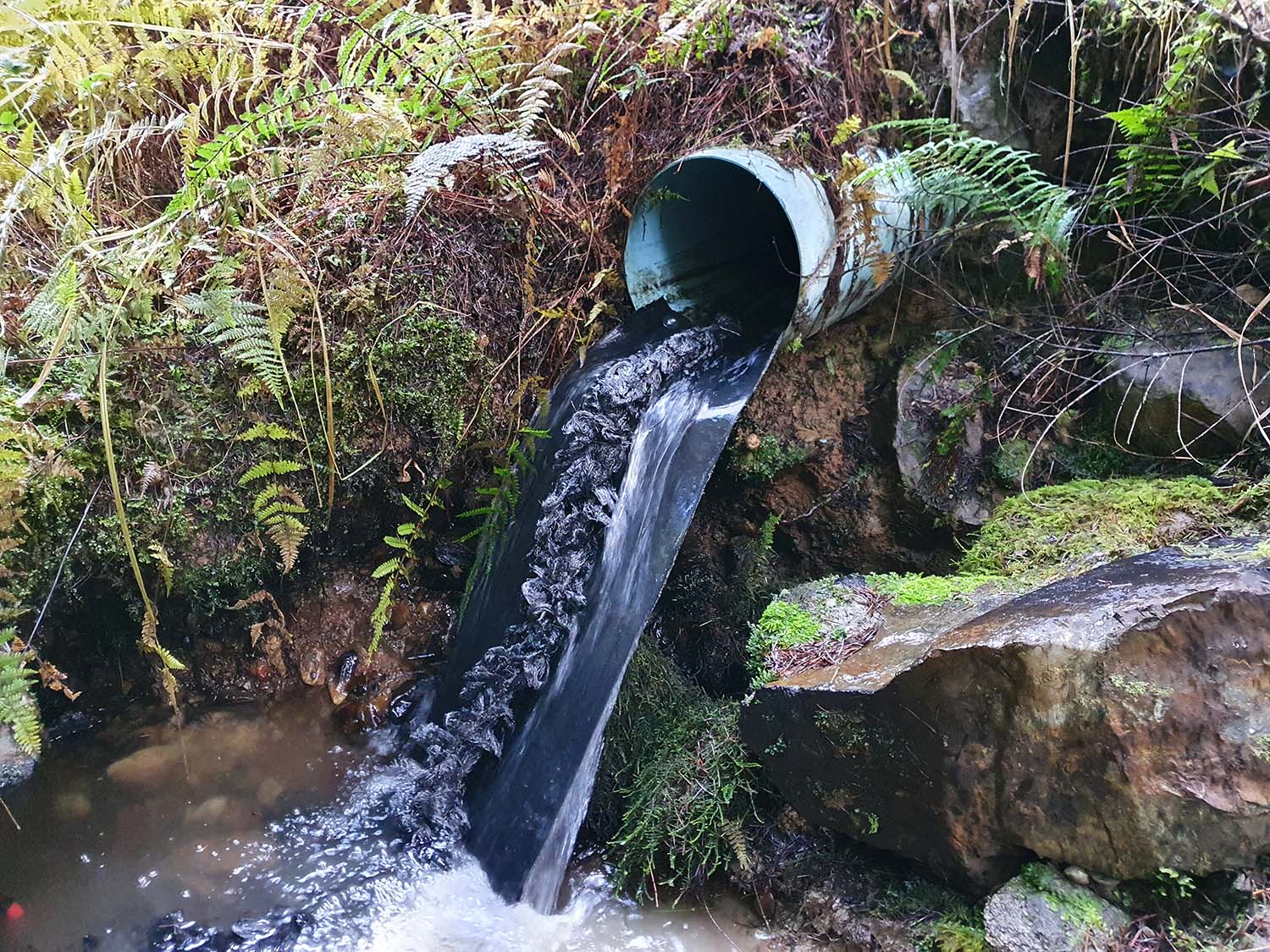FlexiBaffle Installation Options
FlexiBaffle installation options give you flexibility to adapt to different culvert designs and site conditions. This page introduces the choices available so you can achieve the best outcome for fish passage and long-term performance.
FlexiBaffle Height Options
Our culvert baffles are currently available in 100mm and 150mm heights:
- 100mm
-
Easier to fit into small-diameter round culverts because they don’t take up as much space. They need to be placed slightly closer together, but this spacing still creates effective rest pools for fish.
-
- 150mm
-
Create slightly deeper rest pools, which can improve conditions for fish. They are, however, more difficult to fit into small-diameter round culverts and are usually better suited to larger pipes.
-
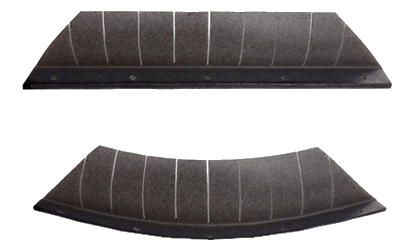
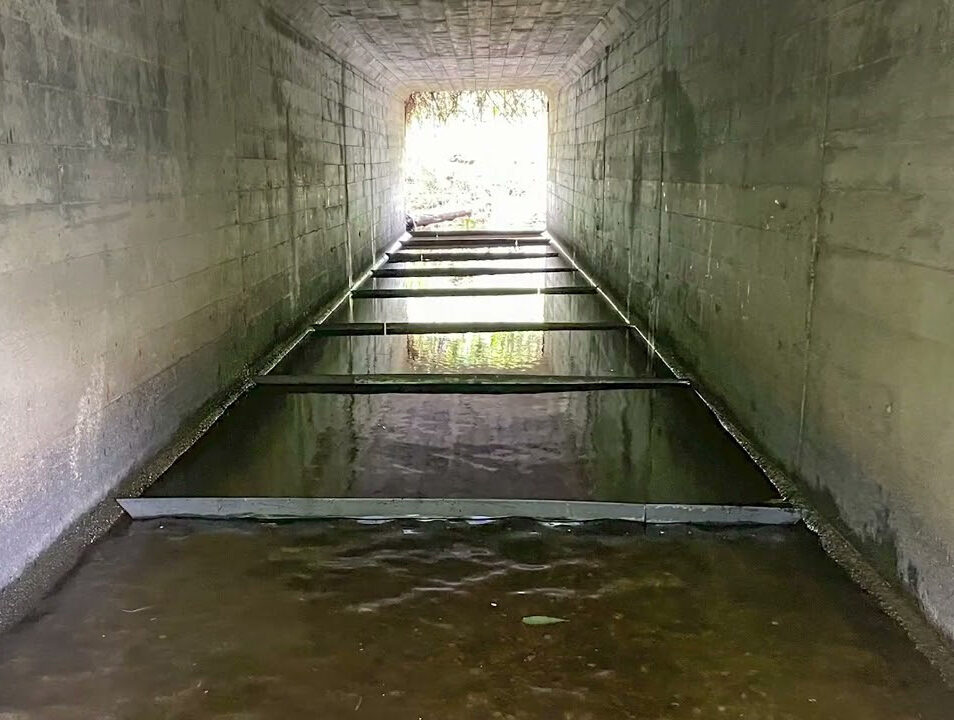
Offset vs Centered FlexiBaffle Placement
Flat-bottom Culverts
- Offset baffles
- Offset baffles are about 20% shorter than the culvert width and are set in an alternating left/right pattern, creating a meandering path through the culvert.
- Centred (wall-to-wall) baffles
-
Help retain bed material if that’s required.
-
Provide a uniform cross-section.
-
Offset vs Centered FlexiBaffle Placement
Round Culverts
- Offset baffles
-
Low flows pass around one end, not over the top. Fish can swim around instead of jumping.
-
Rest pools are calmer, with clearer entry/exit points.
-
A “fast lane” forms on the opposite side, helping stronger fish move upstream quickly.
-
Spare baffle surface comes into play at higher flows.
-
Typically require slightly longer baffles than centred options.
-
- Centred baffles
-
Simpler wall-to-wall installation.
-
Less variation in flow paths.
-
Useful where full-width resistance is needed.
-
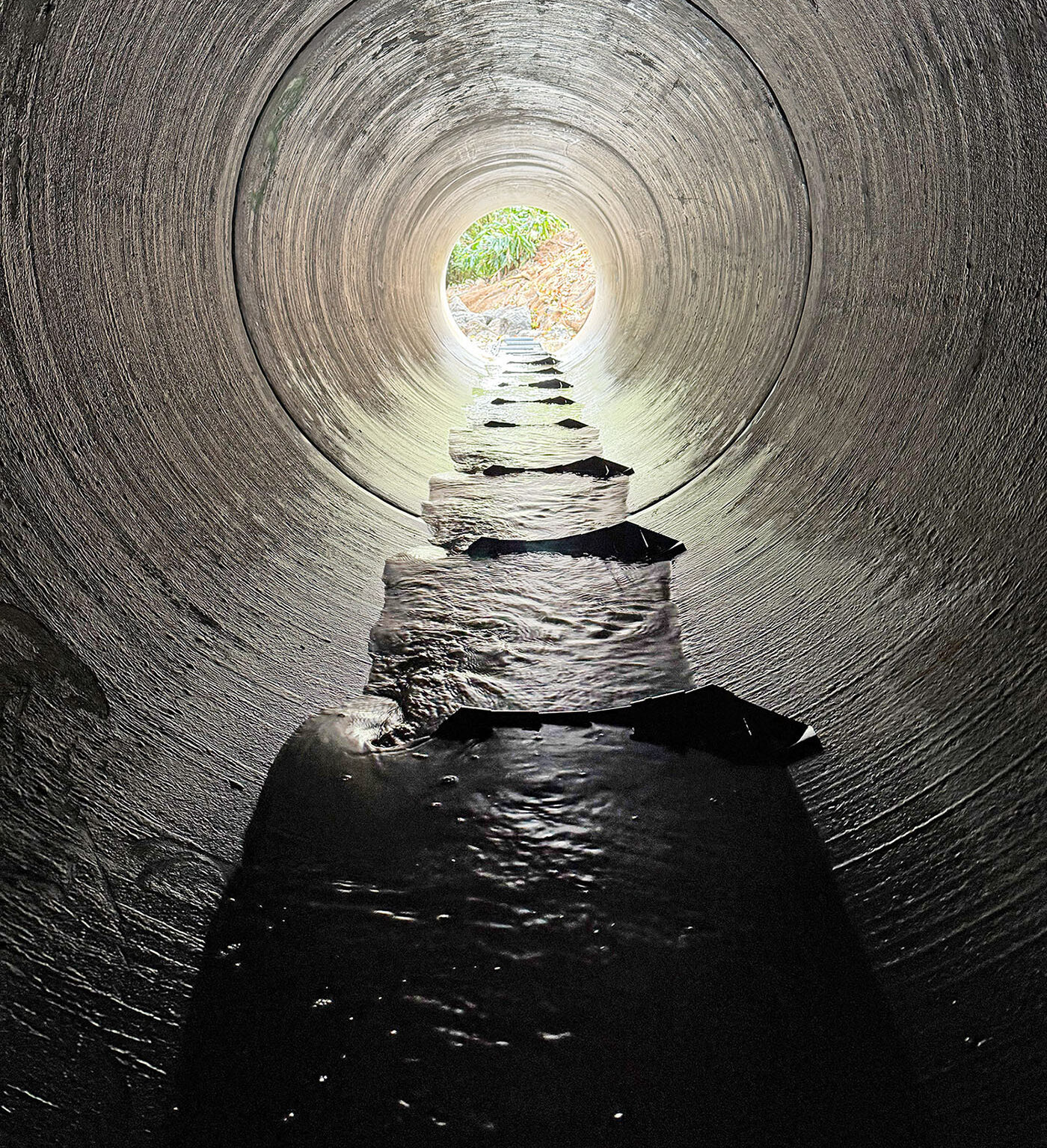
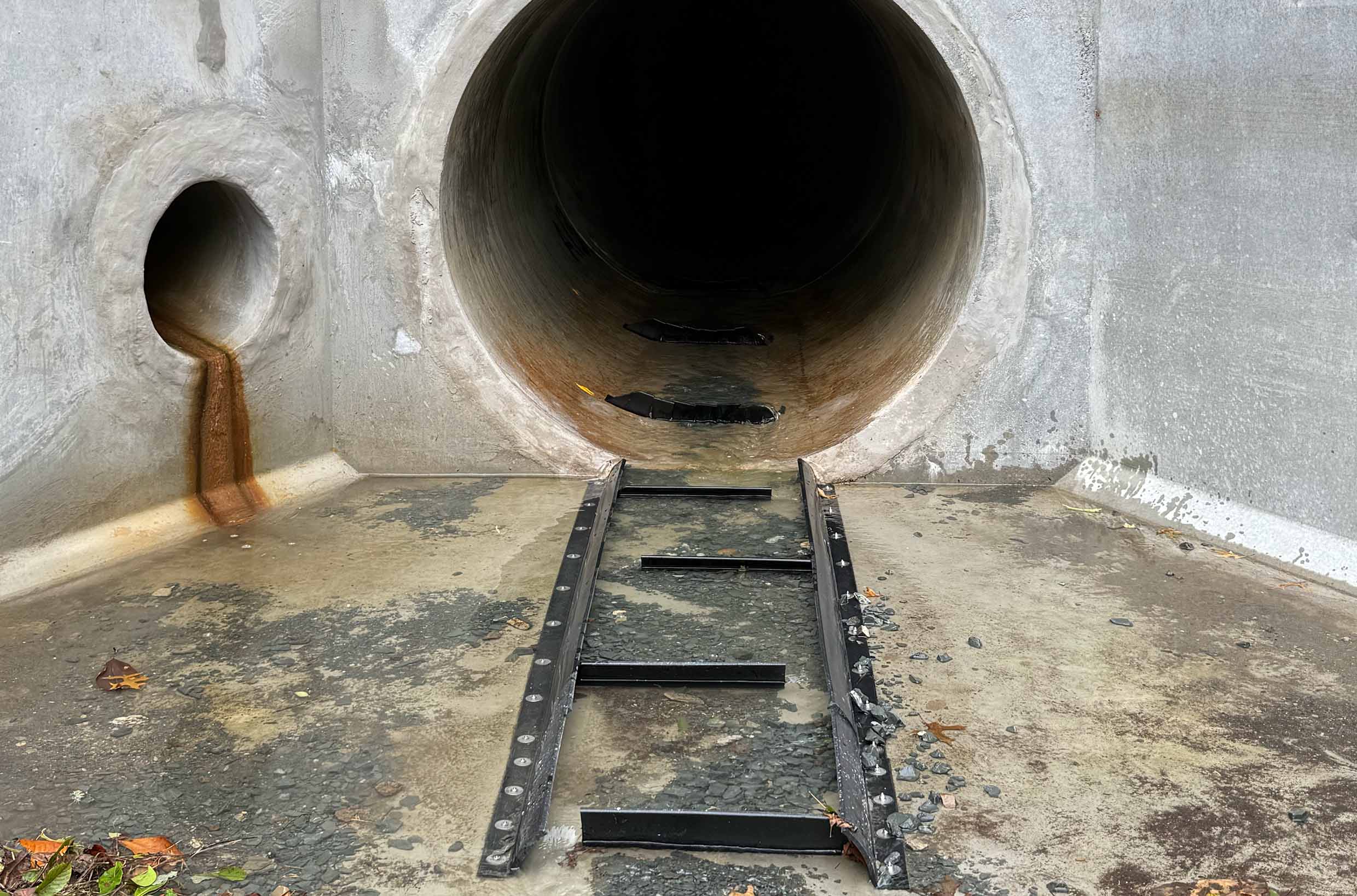
What is an Apron?
An apron is the flat concrete slab located at the outlet, and sometimes also at the inlet, of a culvert. Its purpose is to protect the area from erosion by dispersing the force of the water as it leaves the culvert. However, aprons can also create a vertical drop that prevents fish from swimming upstream into the culvert, effectively acting as a barrier to passage.
What is a Perched Culvert?
A perched culvert is one where the outlet sits above the natural streambed, creating a vertical drop that fish cannot swim or jump past. Sometimes this happens because the culvert has been undercut by erosion, but in many cases it’s simply because the culvert was installed without considering fish passage. Either way, the result is the same: fish are blocked from entering the culvert.
